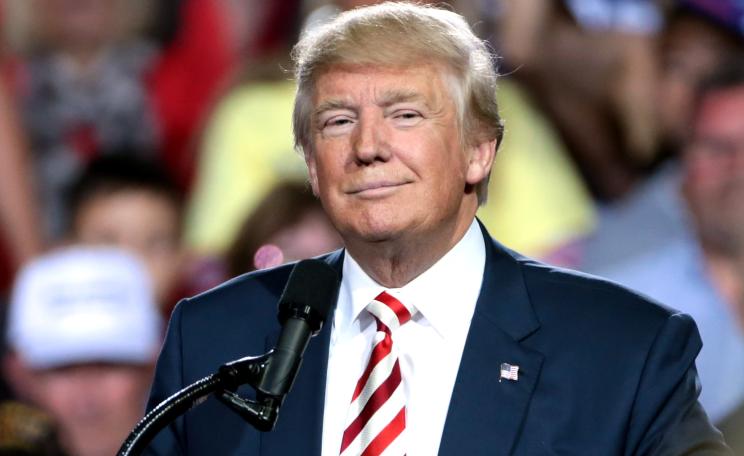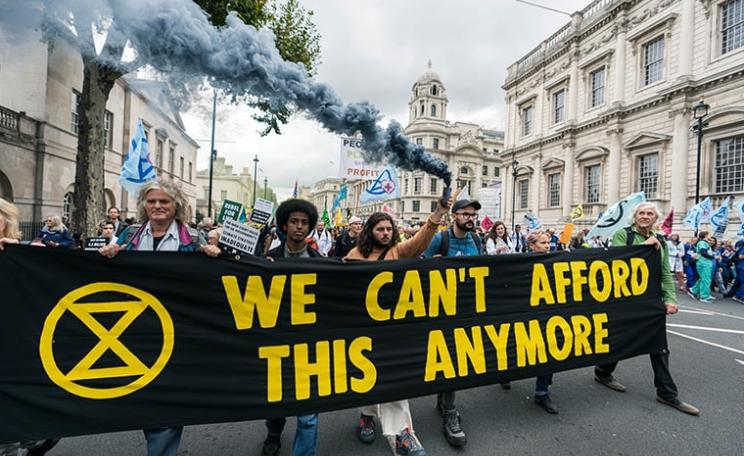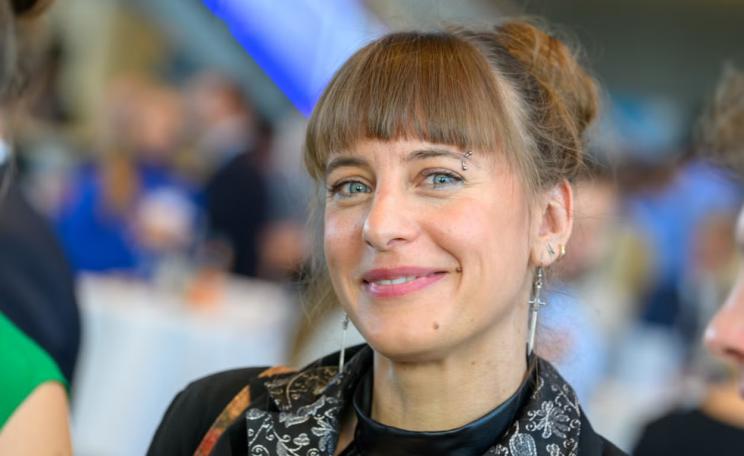The world’s runaway number one owner of rooftop solar is the Chinese state.
Solar power is expanding across the global south, growing faster in China, India and Brazil than in older, richer solar developers like the US, Japan and Germany.
Big, corporate-owned solar farms now account for most of the world’s solar capacity, but decentralised rooftop solar comes a close second.
Rooftop panels are often owned by households, especially in rich countries, but overall are more likely to be owned by businesses – energy companies that lease the rooftops, or industrial firms that generate electricity for their own use.
Nevertheless, I will argue here, because of its scale and simplicity, decentralised solar has the potential to support co-operative, municipal and other forms of community ownership and control.
It can play a role in struggles to supercede the domination of capital with a socially just society, and to forestall disastrous climate change.
Household
I surveyed the available information on rooftop solar worldwide, and found that:
1. The world’s runaway number one owner of rooftop solar is the Chinese state. Four-fifths of China’s giant fleet of rooftop solar – which in 2022 generated around 120 terawatt-hours of electricity, about the same as the Netherlands’ total – belongs to state-owned energy companies. The last fifth belongs to households.
2. Capital elsewhere is struggling to catch up with China not only in manufacturing panels, inverters and other equipment, but also in installation. India’s federal government in 2017 started offering subsidies to electricity customers who install rooftop solar, and in 2019 and 2024 amended the scheme to make it more attractive. But even now, most household systems are installed by wealthy homeowners, or by businesses who retain ownership of the panels.
3. Claims that market forces, without state support, can drive a transition to renewables have always been overblown – but in 2022-23, they jolted rooftop solar forward in parts of the global south. Global fuel prices leapt up in the wake of the Russian invasion of Ukraine, just as prices of Chinese-made panels hit new lows. Middle-class households and small businesses saw that rooftop panels could free them from reliance on erratic, and now expensive, grid electricity, and pay for themselves in years rather than decades.
4. In Pakistan, shops, factories and middle-class homes have been installing panels at breakneck speed – an estimated 5 gigawatts (GW) of off-grid solar, and up to 3 GW with a grid connection, went up in 2024. By June 2024, 158,000 grid-connected customers were selling spare solar electricity back to the state-owned distribution companies that supply it, more than double the number a year earlier.
The world’s runaway number one owner of rooftop solar is the Chinese state.
5. Electricity companies are being driven into debt by the loss of sales to panel owners, combined with longer-standing problems such as over-reliance on fossil fuels, and onerous contracts signed with foreign-owned power station owners – all in the midst of Pakistan’s deepening national political and economic crisis. The heaviest burden falls on the poorest families, who can not afford panels and are left with ever-more-expensive, ever-less-reliable grid electricity.
6. In 2024, rooftop solar capacity more than doubled in South Africa – where, as in Pakistan, rooftop solar is seen as a defence against frequent power cuts – as well as in richer countries including Austria, Germany and Italy.
7. There is no comprehensive information about how many households outside the rich world own and operate their panels, rather than paying an electricity provider. But it’s clear that household ownership is less common than in rich countries. In the USA, which has the second-largest solar fleet after China, there are fierce political battles over the terms on which households sell spare electricity back to the grid.
8. Trading arrangements include: net metering (the household owns and operates panels; excess electricity it exports to the grid, and any electricity it imports, are charged at the same rate); feed-in-tariff (similar, but the rate the grid pays for excess electricity is fixed in advance); gross metering (the household owns the panels, but all the electricity is owned by the supply company, which resells to the household); rooftop leasing (a company leases space for the panels); and solar as a service (similar, but with a focus on the household’s purchase of electricity).
Microgrids
Ownership matters, because corporations will always use any technology in their own interests, not society’s. Just look at what has happened to the internet. With electricity, that means ownership not only of generators but also of the network.
Given capital’s domination of rooftop solar, as well as utility-scale solar farms, are there really grounds for seeing it as a potentially emancipatory technology?
In my view, three technological factors count:
1. Households and communities see solar technologies as means to reduce dependence on grid electricity. And not just panels. Research in India showed that solar-powered water pumps are widespread, and solar refrigerators, milk chillers, looms, dryers for farm products and milling machines are coming into use.
Reducing dependence on the grid is an issue outside the rich world, because poor grid supply is the norm and more than 700 million have no electricity at all. Researchers at the Energy for Growth hub found in 2020 that 3.5 billion people live below a “reasonably reliable” supply threshold, defined as no more than one outage, or one hour of outage, per month. For hundreds of millions, outages are far more common than that.
2. Where grids are in a better condition, and decentralised generation becomes widespread, it reduces the demand for electricity from power stations and facilitates reduction of overall throughput. It can be twinned with modern metering equipment for “peak shaving” (avoiding unnecessary use at peak times) and other ways of managing electricity use. Some engineers see direct current (DC)-only systems, supplied by solar, as a big part of the future.
All such substitution of fossil fuels, and energy conservation, helps to tackle global heating.
3. Networks with big shares of variable and decentralised generation have to be modernised to cope, but, overall, these changes make grids more robust. Engineers see great potential in semi-autonomous microgrids. Researchers have shown that smart network technology makes it even easier to treat electricity as a public good, rather than a saleable commodity.
Potential
Beyond these technological factors are the social potentials of decentralised technologies. Rooftop solar can be owned and managed at community and local level in ways that are unthinkable for large coal, gas or nuclear power stations.
From Pakistan to California, individual households use panels as tools to provide for themselves, and sell their surplus on the market, much as farmers do.
But rooftop solar and other decentralised technologies are also well suited to community, co-operative and municipal forms of ownership that have lengthy precedents associated with the labour movement and with socialist visions of post-capitalist economies.
Although only a small proportion of the world’s solar is so far owned and managed this way, it is the way in which their true potential can be realised.
This Author
Dr Simon Pirani is honorary professor at the University of Durham in the UK, and author of Burning Up: A Global History of Fossil Fuel Consumption (Pluto, 2018). He writes a blog at peoplenature.org. Follow him on Twitter: @SimonPirani1.
This article is based on a global overview of rooftop solar, and a report on its growth in Pakistan, on the People & Nature blog. The author wrote about socialist views of electricity network development in Capitalism Nature Socialism last year.







